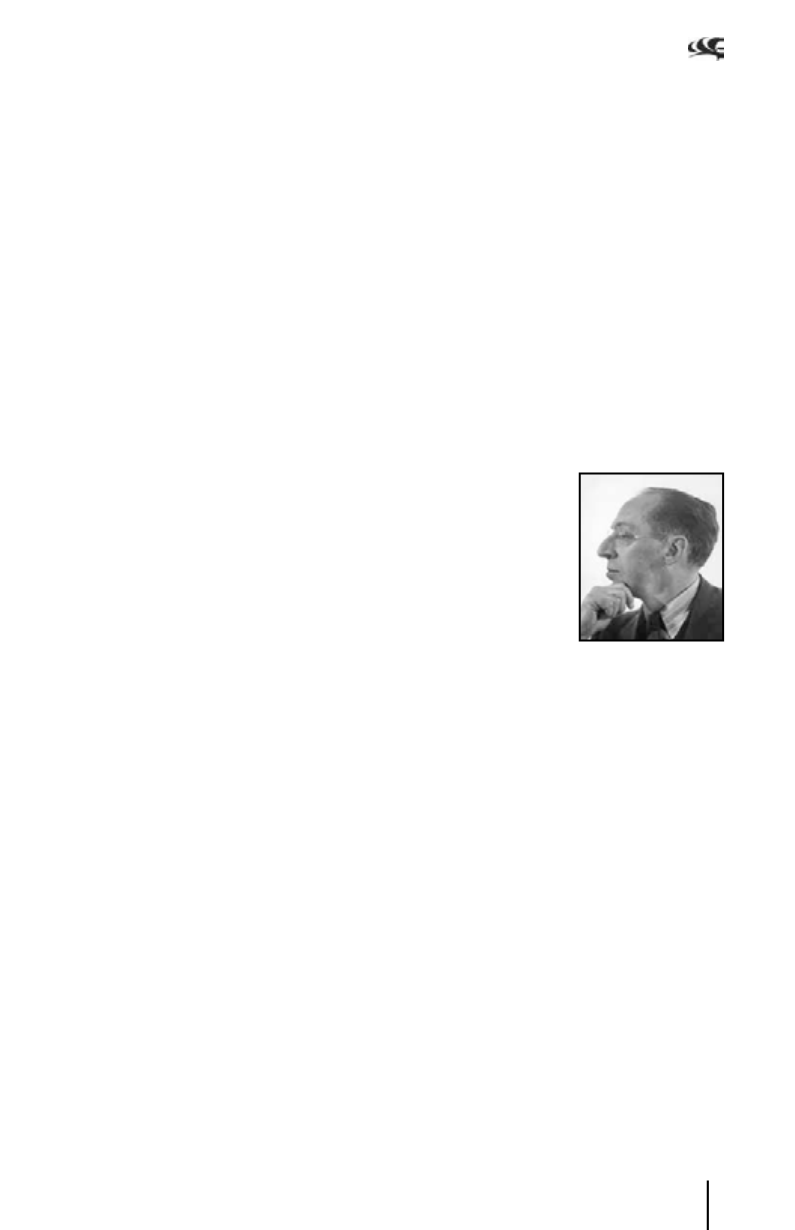
2013
Program Notes, Book 1 A13
Friday, June 14 and Saturday, June 15, 2013
renowned as a sorceress. She fled from her home with the hero Jason to Corinth and
lived with him there and bore his children. But Jason was ambitious and when he
was offered the hand of the Princess of Corinth in marriage, he abandoned Medea.
Maddened by jealousy, Medea sent the Princess as a wedding gift a poisoned robe
which killed her when she put it on. Then Medea destroyed her own children and left
Corinth in a chariot drawn by dragons. The action is focused directly upon the central
theme of the myth: the terrible destructiveness of jealousy and of alliance with the
dark powers of humanity as symbolized by magic.”
From the ballet’s complete score, Barber derived a one-movement tone poem,
Medea’s Meditation and Dance of Vengeance, which treats the emotional and musical
themes associated with the title character. The work is disposed along a continuously
accumulating line of tension, which the composer described as follows: “Tracing
her emotions from her tender feelings toward her children, through her mounting
suspicions and anguish at her husband’s betrayal and her decision to avenge herself,
the piece increases in intensity to close in the frenzied Dance of Vengeance of Medea,
the Sorceress descended from the Sun God.”
Suite from
Billy the Kid
(1938)
Aaron Copland (1900-1990)
Billy the Kid
is scored for woodwinds in pairs plus piccolo,
four horns, three trumpets, three trombones, tuba, timpani,
percussion, harp, piano and strings. Performance time is 21
minutes. The Grant Park Orchestra first performed this Suite on
July 4, 1958, with Morton Gould conducting.
In the early 1930s, Copland met Lincoln Kirstein, director of
the American Ballet Caravan, the adventurous predecessor of the New York City Ballet.
Kirstein commissioned Copland to write a ballet about Billy the Kid, the notorious
outlaw of the Old West famed in ballad and legend. For inspiration, Kirstein gave
the composer a book of cowboy tunes, even though Copland admitted a marked
antipathy to such music at the time. As he studied the simple, unaffected songs,
however, he came to realize that they were not only an excellent source of material
for the new ballet, but that they also opened a path to the more straight-forward,
popular style that he sought. Among those he included in the ballet score were The
Old Chisholm Trail, Git Along, Little Dogies, and Bury Me Not on the Lone Prairie, but
he omitted Home on the Range because, he said, “I had to draw the line somewhere.”
The lean-textured folksiness that Copland devised for Billy the Kid was carried into
Rodeo and Appalachian Spring, works that exerted an impact on the worlds of music
and dance rivaling that of Stravinsky and Diaghilev in the 1920s. The popularity of
Copland’s ballets was both instantaneous and durable, and with them he became the
most respected, famous, and frequently performed of all American composers.
Alfred Frankenstein, a noted critic and the long-time program annotator for the
San Francisco Symphony, wrote of the factual Billy the Kid, “His real name was William
Bonney. He was born in New York City in 1859, but grew up in Silver City, New Mexico,
where his mother kept a boarding house. He murdered his first man in a saloon in
Silver City when he was twelve years old, and for the next nineteen years was one
of the most industrious and generally admired bandits of the Southwest. Eventually
he was captured, tried for murder, and condemned to death. He made a sensational


